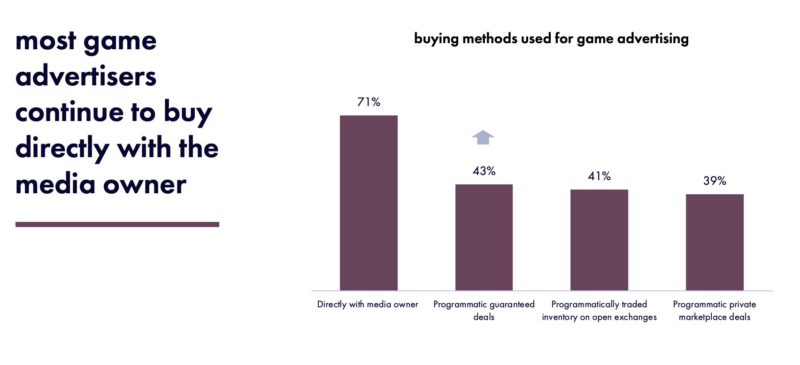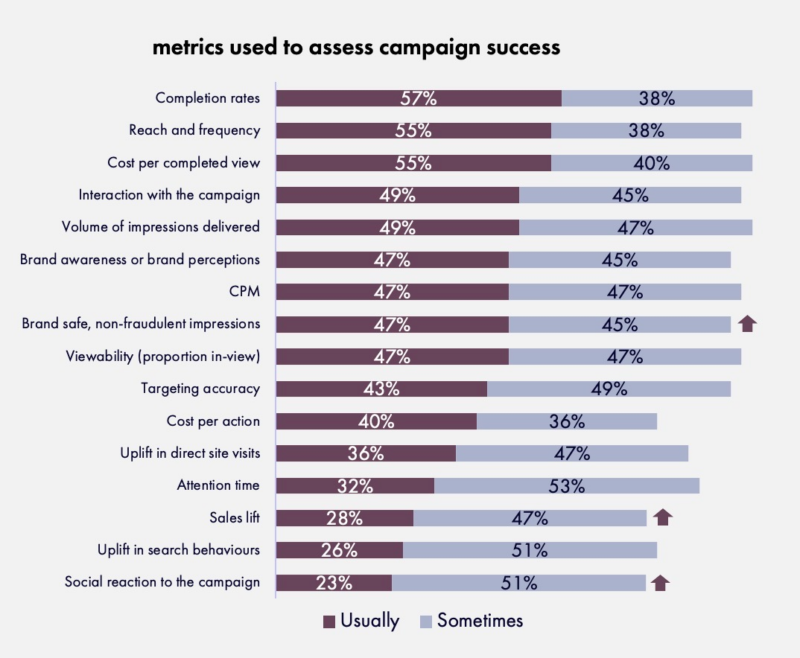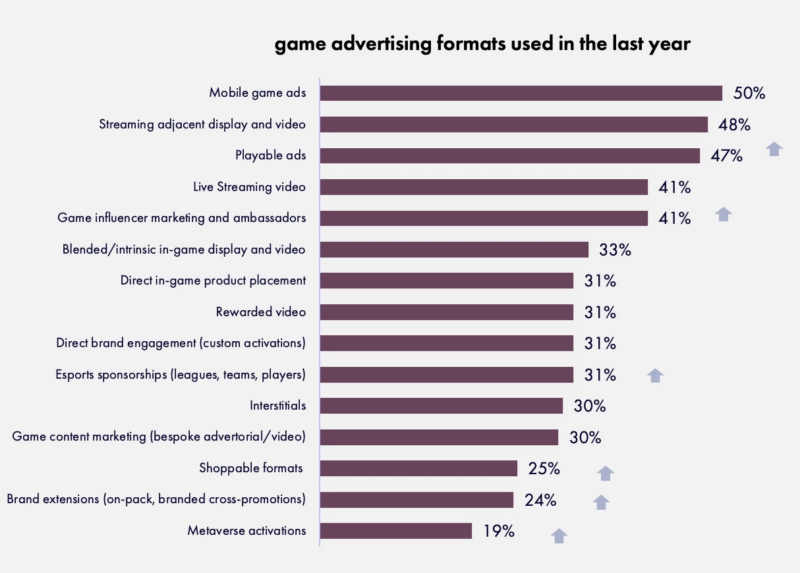Aussie gamers are in the sights of advertisers: IAB state of the nation report
At the IAB gaming summit in Sydney, the peak body for online advertising revealed its new gaming state of the nation research, which shows Aussie gamers are in the sights of advertisers.
Despite the image of kids whittling away sunny hours indoors, hunched frozen over a tiny screen, gaming is actually an active pursuit, rather than a passive one. Because of this, it hasn’t always seemed an obvious medium for advertising.
What is obvious, however, is that the video game audience is expanding and changing at a rapid clip — games are increasingly catering to more varied demographics, and the proliferation of smartphones means everyone has an arcade in their pocket, ready to command their attention.
The new Gaming State of the Nation research, conducted by Interactive Advertising Bureau, shows how a fast-growing group of canny advertisers are keying into this.
The survey took place across June and July this year, amongst 100 Australian advertising decision makers working in agencies or brands with experience or intention to buy game advertising and media.
68% of these respondents have used game advertising before, with 25% using it regularly in 2023 (compared to just 18% in 2022).
It’s a fast growing sector in Australia: 52% of agencies have increased their activity in the space over the past twelve months, while 72% expect to increase activity next year.

Interestingly, most advertisers continue to buy directly with the media owner (72%), however purchases through programmatic guaranteed deals are fast rising, with 43% of those surveyed having used this method before.
That most of this advertising space is still being sold directly, rather than programmatically, is partly due to nascent state of this form of advertising, but perhaps also because specific considerations are often in mind when placing ads into the world of video games.

Where brand awareness/perception was still the main reason advertisers placed ads in game this year, this consideration has fallen from being vital to 85% of respondents, to just 72%.
Conversely, advertisers are now looking for actionable ads, with a ‘purchase’ or ‘action event’ now an objective of 57% of marketing activities, compared to in just 21% in 2022.
51% of campaigns recognise the diversity of gamers is key to their decision making, with the ability to tap “harder to reach” audiences and to offer “better targeting and personalisation” both important.
63% of advertisers are also avoiding particular gaming genres, mostly due to violence, while 69% are considering the suitability of the game content to its own brand values.
Interestingly, this targeted approach means that advertisers aren’t attempting to ‘go viral’ with these campaigns, with this consideration coming in last when deciding if a campaign was successful.

Mobile is still the most popular platform on which to reach gamers, although the rise of ‘playable ads’ suggests a new category of creative is quickly rising up the ranks.

The wide variety of formats used within game advertising — everything from metaverse activations, to direct in-game product placement — shows the experimental nature of the sector.
Sponsorship and influencer marketing is an increasing player, while interstitials command only 30% of advertising plays.
Just 11% of those advertisers surveyed said they have no plans to use gaming marketing in the future. The future is a long time, however. It’s a fair bet that by next year’s state of the nation, that figure will have dropped closer to zero.

Have your say